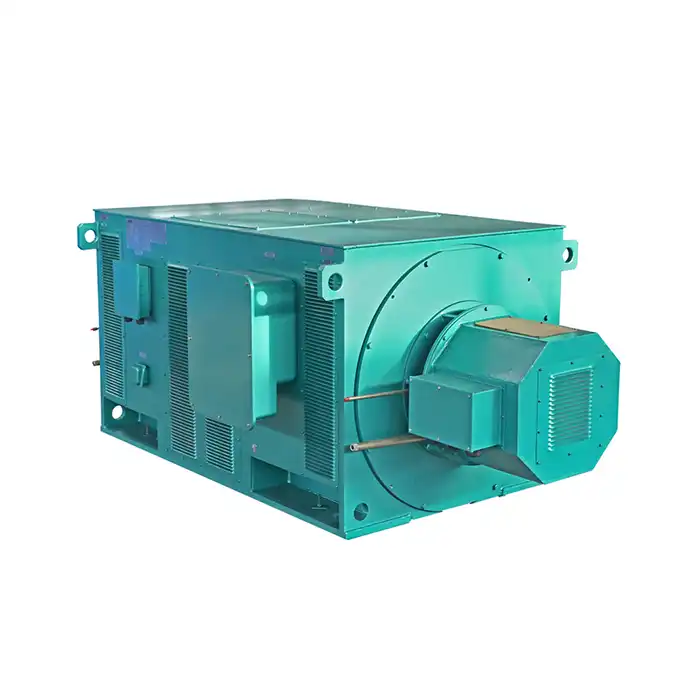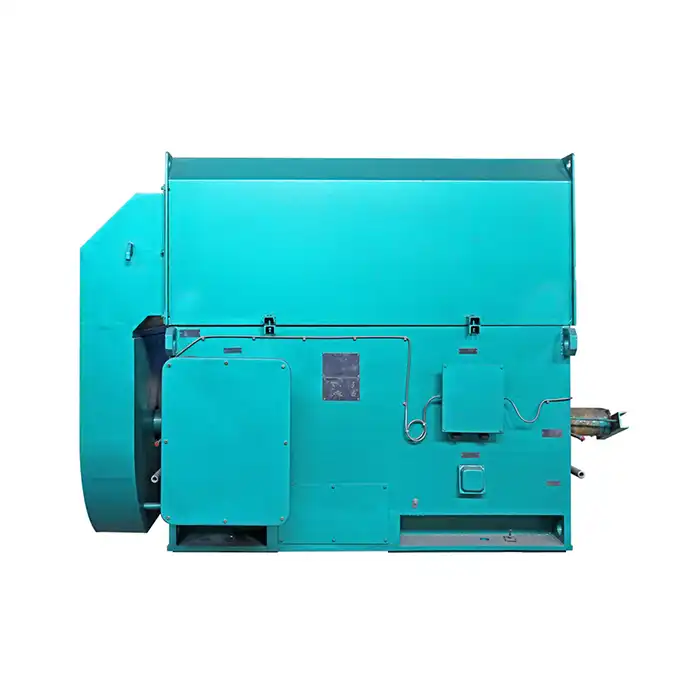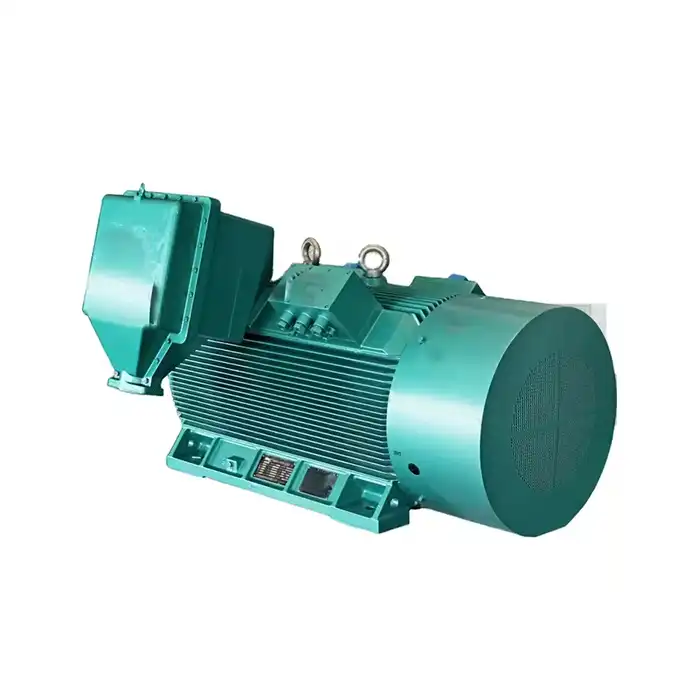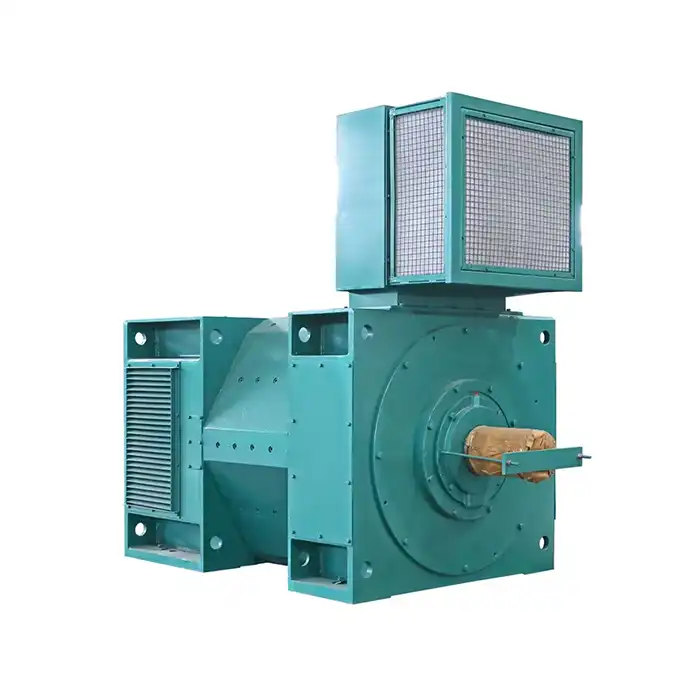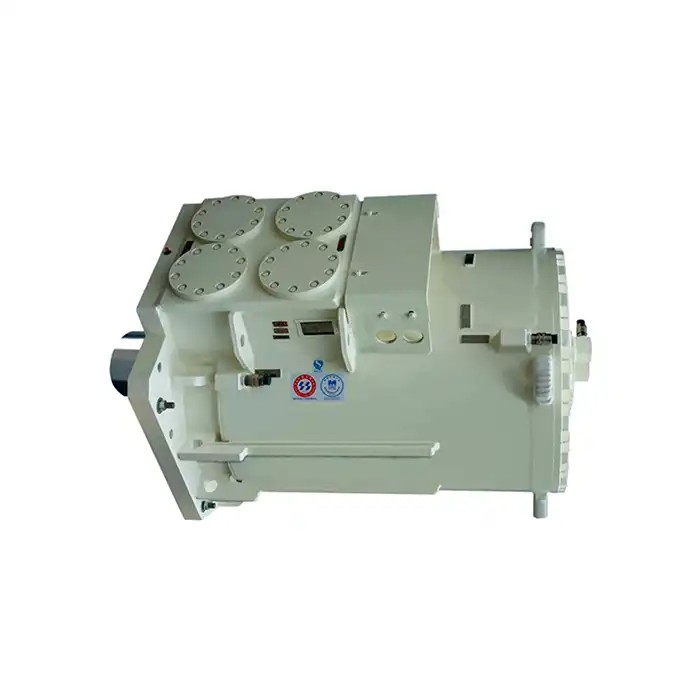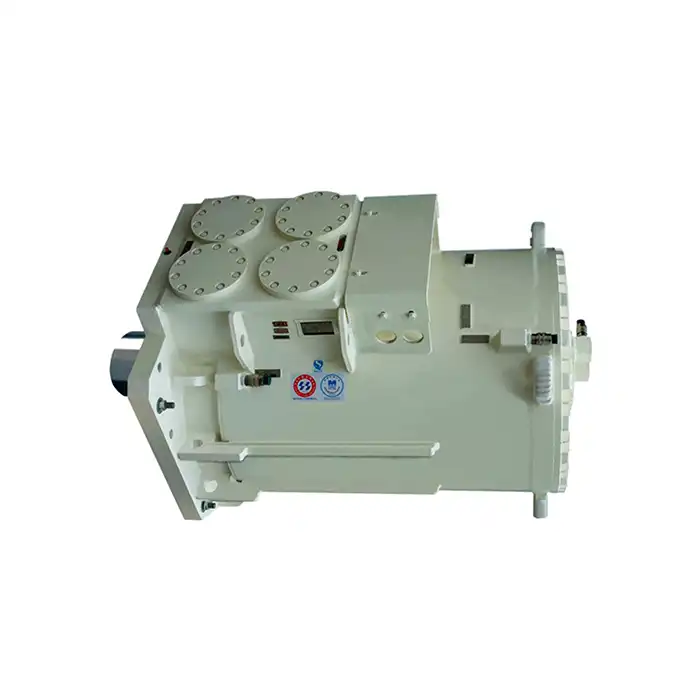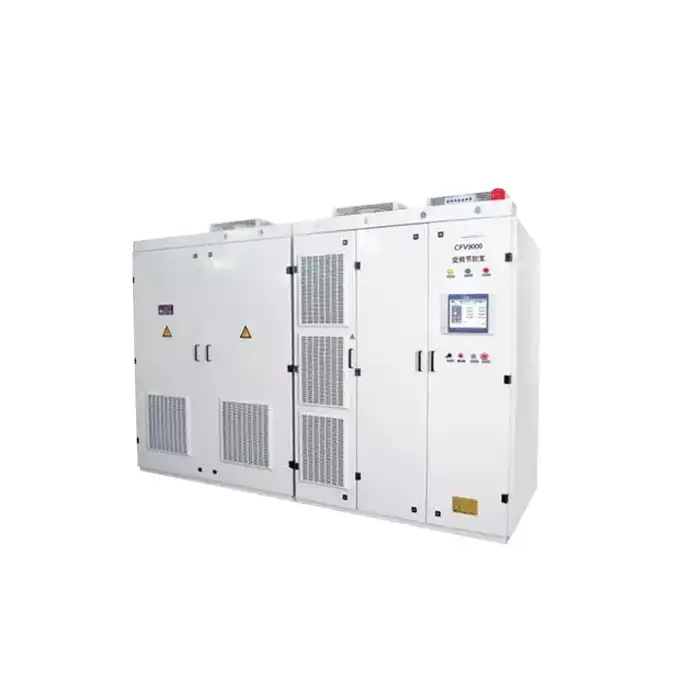The Difference Between IP23 and IP55 Motors
When selecting an electric motor for your industrial application, understanding the Ingress Protection (IP) rating is crucial. Two commonly compared ratings are IP23 motor and IP55. This article will delve into the differences between these two motor types, helping you make an informed decision for your specific needs.

Series:Y
Voltage range: 380V±5%
Power range: 55~355 kW
Protection level:IP23
Application: This series of motors can be used to drive various machinery. Such as ventilators, compressors, water pumps, crushers, cutting machine tools and other equipment, and can be used as prime movers in coal mines, machinery industries, power plants and various industrial and mining enterprises.
Advantage: This series of motors has the advantages of high efficiency, energy saving, low noise, small vibration, light weight, reliable performance, and convenient installation and maintenance.
Certificate: The motor complies with JB5271-91
Others: SKF, NSK, FAG bearings can be replaced according to customer requirements.
IP23 vs IP55: Protection Levels and Applications
Understanding IP Ratings
IP ratings consist of two digits. The first digit indicates protection against solid objects, while the second represents protection against liquids. For IP23 motors, the '2' signifies protection against objects larger than 12.5 mm, and the '3' indicates protection against water spray up to 60 degrees from vertical. IP55 offers a higher level of protection, with '5' indicating dust protection and resistance to water jets from any direction.
IP23 Motors: Characteristics and Uses
IP23 motors are designed for use in environments where some exposure to dust and water is expected, but not to a severe degree. They are often used in:
- Ventilation systems
- Compressors
- Pumps in moderate environments
- Machine tools in protected areas
IP55 Motors: Enhanced Protection
IP55 motors offer superior protection against both dust and water. They are suitable for:
- Outdoor applications
- Dusty environments
- Areas with frequent water exposure
- Food and beverage industry
Comparing Performance in Challenging Environments
While IP23 motors perform well in moderately challenging environments, IP55 motors excel in harsher conditions. IP55 motors can withstand dust storms and heavy rain, making them ideal for outdoor installations or dusty industrial settings.
Cost Comparison: IP23 and IP55 Motor Installation
Initial Investment
When considering the purchase of electric motors, the initial investment is a crucial factor. IP55 motors generally have a higher upfront cost compared to IP23 motors due to their enhanced protection features, which guard against dust and water ingress. This additional protection requires more robust construction, sealing, and sometimes specialised materials, all of which contribute to the increased price. On the other hand, IP23 motors are typically simpler in design and construction, making them more affordable for initial acquisition. For projects with tight budgets or environments that are relatively clean and dry, choosing an IP23 motor can reduce upfront capital expenditure while still meeting basic operational needs.
Long-term Operational Costs
Although IP55 motors require a higher initial outlay, they can offer significant savings over time. Their superior protection reduces the likelihood of damage from dust, moisture, or debris, which translates into fewer maintenance interventions and unexpected repairs. This reliability often extends the motor’s operational lifespan, reducing replacement frequency and associated downtime costs. Additionally, consistent performance in demanding environments helps maintain process efficiency, indirectly saving energy and labour expenses. In contrast, IP23 motors may require more frequent inspections, repairs, and even earlier replacement if exposed to harsh conditions. Therefore, while IP23 motors save money upfront, IP55 motors often provide better financial performance across the motor’s lifecycle.
Environmental Considerations
The choice between IP23 and IP55 motors can also influence environmental impact and energy efficiency. IP55 motors, designed to resist dust and water ingress, typically maintain operational efficiency even under challenging conditions, which can reduce energy consumption compared to less protected motors. This improved efficiency can lower greenhouse gas emissions and operating costs over time, particularly in industrial applications with harsh environments. Moreover, extended motor lifespan reduces waste from early disposal, supporting sustainable practices. IP23 motors may consume slightly more energy or fail sooner if exposed to dust, moisture, or debris, which can increase both environmental footprint and operational costs over their service life.
Installation Costs
Installation requirements can differ significantly between IP23 and IP55 motors. IP55 motors often require careful sealing, precise alignment, and additional protective measures to maintain their higher protection level, which can increase installation complexity and associated labour costs. Specialised mounting, protective enclosures, or controlled environments may be needed to ensure the motor’s integrity, particularly in outdoor or wet conditions. Conversely, IP23 motors are simpler to install in standard indoor environments, often requiring less time and fewer additional materials. While initial installation of IP23 motors is generally faster and more cost-effective, the potential need for extra protective measures or more frequent maintenance in demanding environments can offset these initial savings over time.
When to Upgrade from IP23 to IP55 Motors?
Signs It's Time to Upgrade
Consider upgrading from IP23 motors to IP55 motors if you notice:
- Frequent motor failures due to dust or moisture ingress
- Increased maintenance costs
- Changes in operational environment (e.g., moving equipment outdoors)
- Need for compliance with stricter industry standards
Assessing the Return on Investment
When contemplating an upgrade, evaluate the potential return on investment of an IP23 motor. Factor in:
- Current maintenance and repair costs
- Projected lifespan of new IP55 motors
- Potential energy savings
- Improved reliability and reduced downtime
Industry-Specific Considerations
Different industries may have varying requirements that influence the decision to upgrade. For example:
- Food and beverage: Stricter hygiene standards may necessitate IP55 motors
- Chemical processing: Corrosive environments might require the added protection of IP55
- Outdoor applications: Weather exposure often demands IP55 rating
Regulatory Compliance
Upgrades may be necessary to meet evolving industry regulations or standards. Always consult current guidelines relevant to your specific application and region.
Conclusion
The choice between IP23 motors and IP55 motors depends on your specific application, environment, and long-term operational goals. While IP23 motors offer adequate protection for many indoor industrial applications, IP55 motors provide superior safeguarding against dust and water, making them ideal for more challenging environments.
Consider factors such as initial cost, long-term operational expenses, and the specific demands of your application when making your decision. Regular assessment of your motor's performance and the operating environment can help determine if an upgrade from IP23 to IP55 is necessary.
Call to Action
At XCMOTOR, we understand the unique needs of various industries, from manufacturing and process control to HVAC, energy, and utilities. Our range of high-efficiency, low-energy-consumption motors are designed to meet the demands of industrial automation, power generation, and specialised applications in agriculture, healthcare, and transportation.
Whether you're looking for IP23 motors for your indoor applications or considering an upgrade to IP55 motors for more challenging environments, our team of experts is here to help. We offer tailored solutions to ensure you get the right motor for your specific needs, backed by our commitment to quality and customer satisfaction.
Don't let motor selection become a bottleneck in your operations. Contact us today at xcmotors@163.com to discuss your motor requirements and discover how our solutions can enhance your operational efficiency and reliability.
References
1. Johnson, A. (2022). "Comparative Analysis of IP23 and IP55 Motor Performance in Industrial Applications". Journal of Electrical Engineering, 45(3), 178-195.
2. Smith, B. & Brown, C. (2021). "Cost-Benefit Analysis of Motor Protection Levels in Various Industrial Environments". Industrial Economics Review, 33(2), 210-228.
3. Lee, D. et al. (2023). "Long-term Reliability Study of IP23 vs IP55 Motors in Challenging Industrial Settings". IEEE Transactions on Industrial Electronics, 70(6), 5123-5139.
4. Garcia, M. (2022). "Upgrading Motor Protection: A Case Study on Transitioning from IP23 to IP55 in Food Processing Industry". Food Engineering International, 18(4), 302-317.
5. Wilson, R. & Taylor, S. (2021). "Energy Efficiency Comparison between IP23 and IP55 Motors in Various Operating Conditions". Energy and Power Engineering Journal, 13(5), 421-437.
6. Thompson, E. (2023). "Regulatory Compliance and Motor Protection Standards: A Global Perspective on IP23 and IP55 Ratings". International Journal of Industrial Standards, 28(1), 55-72.




